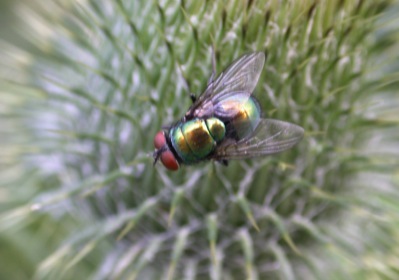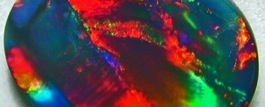The University of Vermont
Physics Department


The University of Vermont
Physics Department
Structural Colors In Nature
Many of the colors we see are the result of properties of objects that absorb some of the colors that make up white light and reflect others. Structural colors are the result of light reflecting, scattering, and interfering off shapes on the surface of a material and not from a property of that material.
The following pages are meant to introduce this topic through explanations and activities to people who may be unfamiliar with some or all of the terminology associated with the physics of light and color. As you go through the procedures and explanations, terms that may be unfamiliar will be linked to further explanations.
The structures we will be describing are on the scale of 100’s of nanometers. A nanometer is 0.000000001 meters long. Even people who are familiar with this unit of measurement can have a hard time visualizing just how small it is and so we have a page that explains various length scales. To also aid in visualizing the scale of these structures we have invented a new unit the “structure/dollar” or S/.D This is simply the number of structures currently being discussed that would equal the thickness of a dollar bill (11 millimeters or .011 meters) if they were stacked in a pile.
Introduction

Structural colors are the result of the shape of the surface of a material and are not due to pigmentation.

